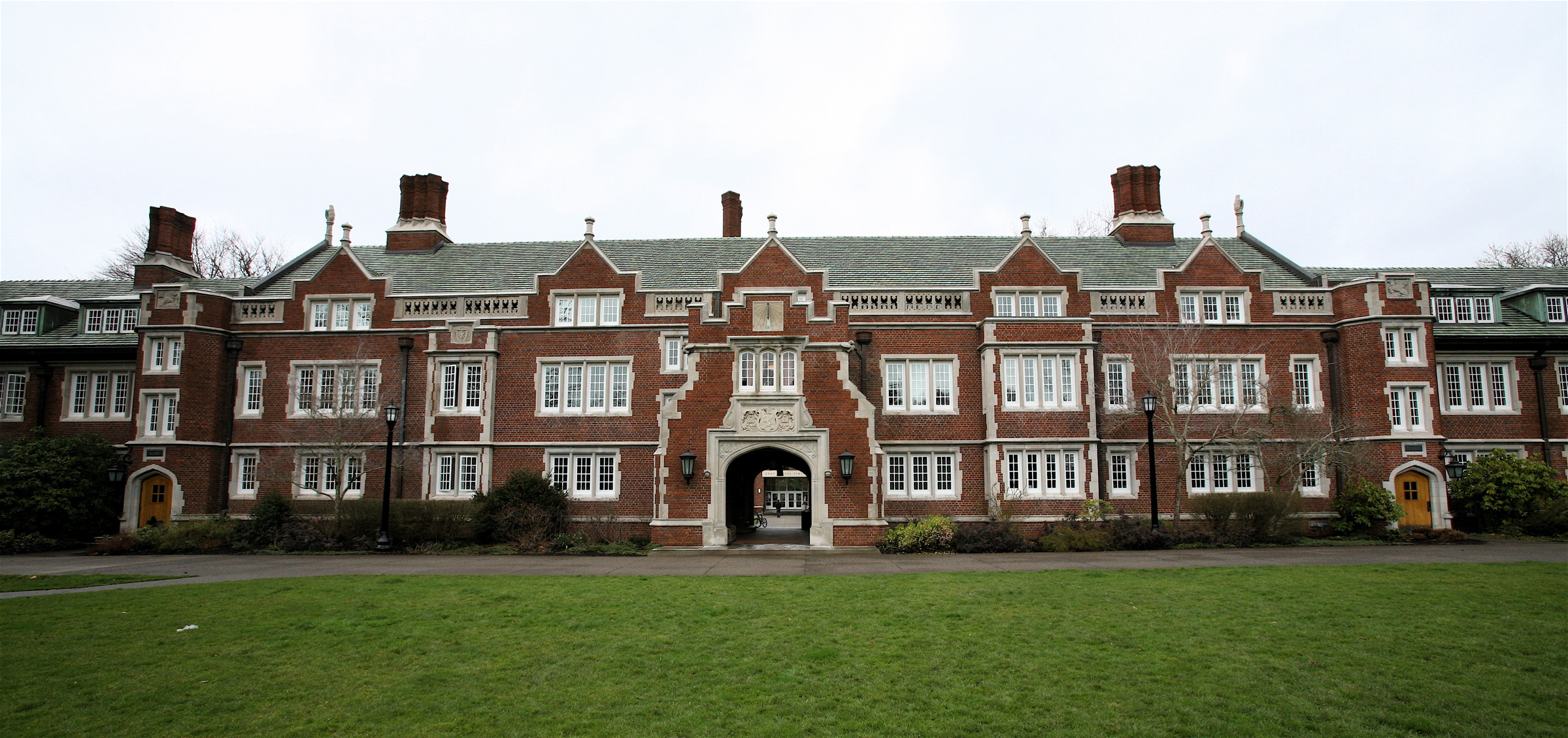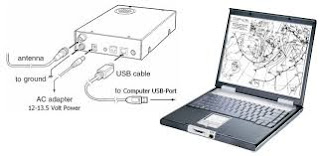Generation of
ComputersBased on the characteristics of various computers developed from time
totime, they are categorized as generation of computers. Generation of Computers
First Second Third Fourth FifthGeneration Generation Generation Generation
Generation
First Generation Computers.
The first generation of
computers is said by some to have started in 1946 with ENIAC, the first
'computer' to use electronic valves (ie. vacuum tubes). Others would say it
started in May 1949 with the introduction of EDSAC, the first stored program
computer. Whichever, the distinguishing feature of the first generation
computers was the use of electronic valves.
My personal take on this is that ENIAC was the
World's first electronic calculator and that the era of the first generation
computers began in 1946 because that was the year when people consciously set
out to build stored program computers (many won't agree, and I don't intend to
debate it). The first past the post, as it were, was the EDSAC in 1949. The
period closed about 1958 with the introduction of transistors and the general
adoption of ferrite core memories.

OECD figures indicate that by the end of 1958 about
2,500 first generation computers were installed world-wide. (Compare this with
the number of PCs shipped world-wide in just the third quarter of 2006, quoted
as 59.1 million units by research company Gartner).
Two key events took place in the summer of 1946
at the Moore School of Electrical Engineering at the University of Pennsylvania.
One was the completion of the ENIAC. The other was the delivery of a course of
lectures on "The Theory and Techniques of Electronic Digital Computers". In
particular, they described the need to store the instructions to manipulate data
in the computer along with the data. The design features worked out by John von
Neumann and his colleagues and described in these lectures laid the foundation
for the development of the first generation of computers. That just left the
technical problems!
One of the projects to commence in 1946 was the
construction of the IAS computer at the Institute of Advanced Study at
Princeton. The IAS computer used a random access electrostatic storage system
and parallel binary arithmetic. It was very fast when compared with the delay
line computers, with their sequential memories and serial arithmetic.
The Princeton group was liberal with
information about their computer and before long many universities around the
world were building their own, close copies. One of these was the SILLIAC at
Sydney University in Australia.
I have written an emulator for SILLIAC. You can
find it here, along with a link to a copy of the SILLIAC Programming
Manual.
Second
Generation Computer
The transition from
first generation to second generation of computers was not abrupt. There was all
round development in technology, designs and programming languages. Diode and
transistor technology formed the basis of the electronic switches and the
switching time came down to around 0.3 microseconds.
Computers like TRADIC and TX-0 built in 1954
used this technology. During this span, the superior magnetic core memory was in
use. Some of the significant innovations of this era are floating point units
for the real number calculations and index registers for controlling loops. This
saved the ordeal of writing self-modifying codes and made the access to
successive elements easy.
In the field of programming languages, there
were superior introductions like FORTRAN (1956), ALGOL (1958) and COBOL (1959).
The second generation also witnessed the development of two supercomputers -
i.e. the most powerful devices amongst the peers. These two were the Liverpool
Atomic Research Computer (LARC) and IBM7030. These machines overlapped memory
operations with processor operations and had primitive type of parallel
processing. Some of the important commercial machines of this era were IBM 704,
709 and 7094. The later introduced I/O processing.
Third
Generation of Computers
In this era, there were several innovations in
various fields of computer technology. These include Integrated Circuits (ICs),
Semiconductor Memories, Microprogramming, various patterns of parallel
processing and introduction of Operating Systems and time-sharing. In the
Integrated Circuit, division there was gradual progress. Firstly, there were
small-scale integration (SSI) circuits (having 10 devices per chip), which
evolved to medium scale integrated (MSI) circuits (having 100 devices per chip).
There were also developments of multi-layered printed circuits.

Parallelism became the trend of the time and
there were abundant use of multiple functional units, overlapping CPU and I/O
operations and internal parallelism in both the instruction and the data
streams. Functional parallelism was first embodied in CDC6600, which contained
10 simultaneously operating functional units and 32 independent memory banks.
This device of Seymour Cray had a computation of 1 million flopping point per
second (1 M Flops). After 5 years CDC7600, the first vector processor was
developed by Cray and it boasted of a speed of 10 M Flops. IBM360/91 was a
contemporary device and was twice as first as CDC6600, whereas IBM360-195 was
comparable to CDC7600. In case of language, this era witnessed the development
of CPL i.e. combined programming language (1963). CPL had many difficult
features and so in order to simplify it Martin Richards developed BCPL - Basic
Computer Programming Language (1967). In 1970 Ken Thompson developed yet another
simplification of CPL and called it B.
Fourth
Generation of Computers
In this generation, there were developments of
large-scale integration or LSI (1000 devices per chip) and very large-scale
integration or VLSI (10000 devices per chip). These developments enabled the
entire processor to fit into a single chip and in fact, for simple systems, the
entire computer with processor; main memory and I/O controllers could fit on a
single chip.
Core memories now were replaced by
semiconductor memories and high-speed vectors dominated the scenario. Names of
few such vectors were Cray1, Cray X-MP and Cyber205. A variety of parallel
architectures developed too, but they were mostly in the experimental
stage.
As far as programming languages are concerned,
there were development of high-level languages like FP or functional programming
and PROLOG (programming in logic). Declarative programming style was the basis
of these languages where a programmer could leave many details to the compiler
or runtime system. Alternatively languages like PASCAL, C used imperative style.
Two other conspicuous developments of this era were the C programming language
and UNIX operating system. Ritchie, the writer of C and Thompson together used C
to write a particular type of UNIX for DEC PDP 11. This C based UNIX was then
widely used in many computers.
Another event that is mention worthy was the
publication of the report by Peter D. Lax in 1982, which was sponsored by the US
department and National Scientific Foundation. The Lax report, as it was called,
emphasized on the need of initiatives and coordinated national attention in the
arena of high performing computing in the US. The immediate response to the Lax
report was the establishment of NSF Supercomputing Centers. Other centers that
came up later were San Diego Supercomputing Center, National Center for
Supercomputing Applications, Pittsburgh Supercomputing Center, John von Neumann
Center and Cornell Theory Center. These institutes had really been instrumental
in providing computing time on super computers to the students, training them
and also helping in the development of software packages.
Fifth
generation of computers
In this period, computer technology achieved
more superiority and parallel processing, which was until limited to vector
processing and pipelining, where hundreds of processors could all work on
various parts of a single program. There were introduction of systems like the
Sequent Balance 8000, which connected up to twenty processors to one shared
memory module.
This machine was as competent as the DEC
VAX-780 in the context that it had a general purpose UNIX system and each
processor worked on a different user's job. On the other hand, INTEL IPSC-I or
Hypercube, as it was called, connected each processor to its own memory and used
a network interface to connect the processors. With the concept of distributed
network coming in, memory posed no further problem and the largest IPSC-I was
built with 128 processors. Towards the end of the fifth generation, another
parallel processing was introduced in the devices, which were called Data
parallel or SIMD. In this system, all the processors operate under the
instruction of a single control unit.

In this generation semiconductor memories
became the standard were pursued vigorously. Other developments were the
increasing use of single user workstations and widespread use of computer
networks. Both wide area network (WAN) and local area network (LAN) developed at
an incredible pace and led to a distributed computing environment. RISC
technology i.e. a particular technique for the internal organization of CPU and
the plunging cost of RAM ushered in huge gains in computational power of
comparatively cheaper servers and workstations. This generation also witnessed a
sharp increase in both quantitative and qualitative aspects of scientific
visualization.
Networking technology is spreading rapidly and
one of the most conspicuous growths of the sixth generation computer technology
is the huge growth of WAN. For regional network, T1 is the standard and the
national "backbone" uses T3 to interconnect the regional networks. Finally, the
rapid advancement and high level of awareness regarding computer technology is
greatly indebted to the two legislations. Just like the Lax report of 1982, the
High Performance Computing Act of 1991, Information Infrastructure, and
technology Act of 1992 have strengthened and ensured the scope of high
performance computing. The former has ensured the establishment of high
performance computing and communications programming (HPCCP) and the later has
reinforced the necessity of making leading edge technologies available to
academicians right from kindergarten up to graduation level.
 Louisiana Tell University (officially Louisiana Province Lincoln and Farming and Mechanised College, oft referred to as LSU) is a open coeducational university placed in Baton Makeup, Louisiana. The University was founded in 1853 in what is now known as Pineville, Louisiana, low the canvass Louisiana Land Seminary of Learning & Expeditionary Academy. The topical LSU important campus was sacred in 1926, and consists of more than 250 buildings constructed in the communication of European Revivification creator Andrea Palladio, and occupies a 650-acre (2.6 km²) plateau on the botanist of the Mississippi River.
Louisiana Tell University (officially Louisiana Province Lincoln and Farming and Mechanised College, oft referred to as LSU) is a open coeducational university placed in Baton Makeup, Louisiana. The University was founded in 1853 in what is now known as Pineville, Louisiana, low the canvass Louisiana Land Seminary of Learning & Expeditionary Academy. The topical LSU important campus was sacred in 1926, and consists of more than 250 buildings constructed in the communication of European Revivification creator Andrea Palladio, and occupies a 650-acre (2.6 km²) plateau on the botanist of the Mississippi River.































